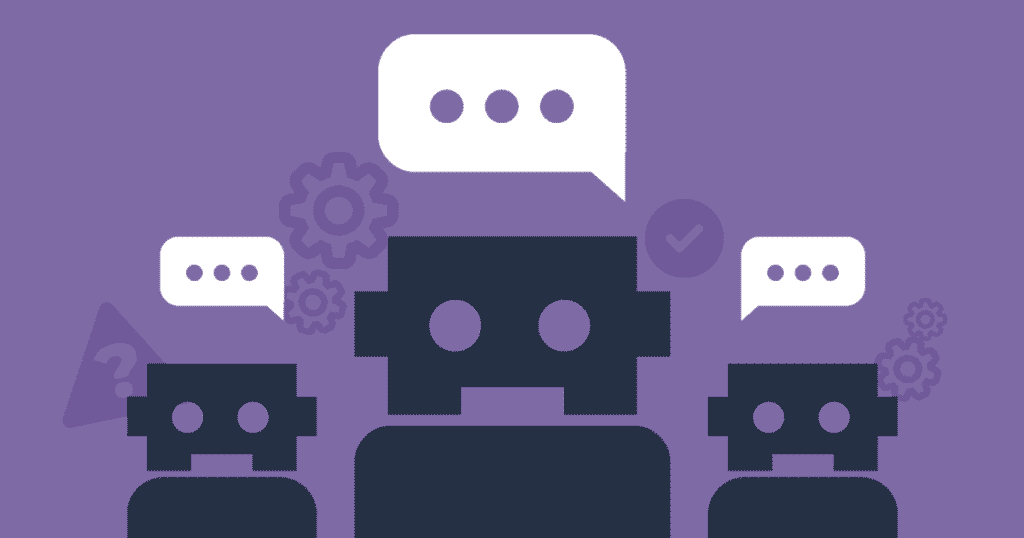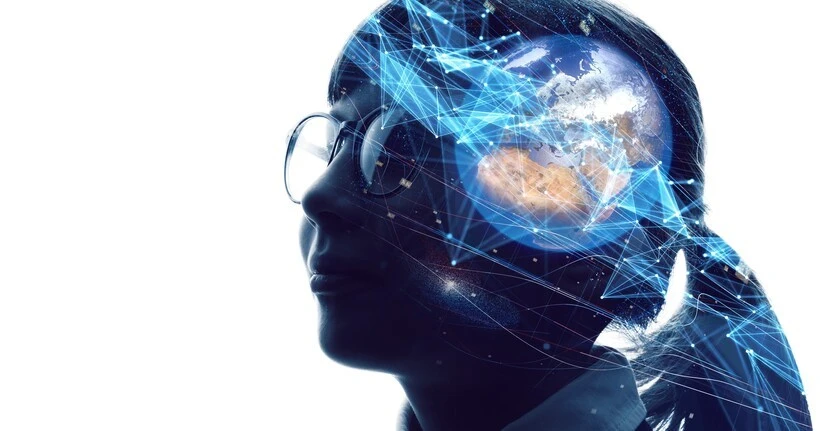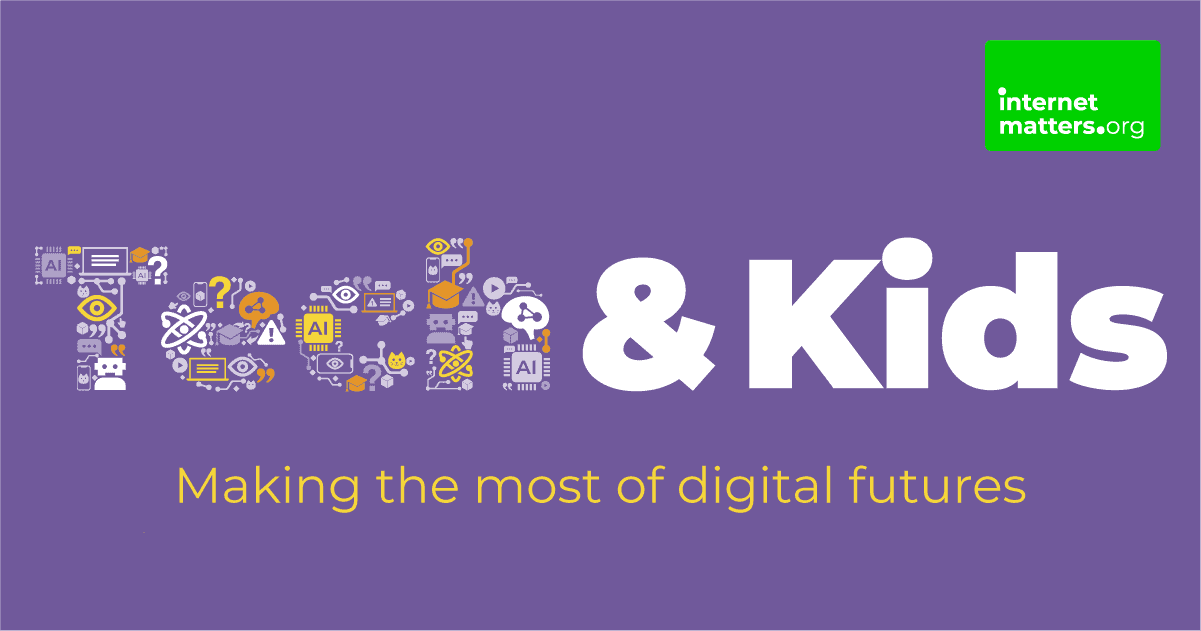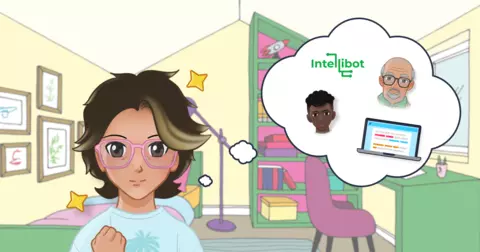What is Google Gemini?
Formerly called Google Bard, Google Gemini is a generative AI tool that can generate content based on prompts. It is currently only available to a limited number of people, so it’s unlikely your child will be able to use it right away. Additionally, unlike Bard, Gemini is currently only for those aged 18 or older.
Is Google Gemini safe?
Google Gemini is a recent upgrade to Bard and is still developing. Currently, only adults can use the web app, but age restrictions and additional safety features are yet to come.





